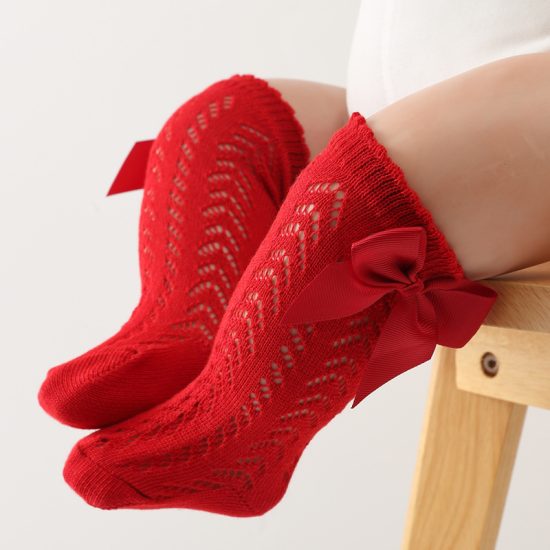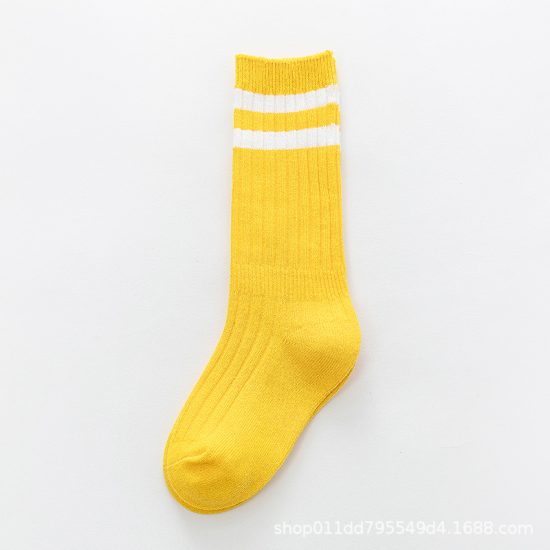Choosing the right athletic socks for different weather conditions can help keep your feet comfortable and protected. Here are some tips to consider when selecting athletic socks for various weather conditions:
Hot Weather:
- Moisture-wicking materials: Opt for athletic socks made of moisture-wicking materials like synthetic blends or bamboo. These materials help to draw moisture away from your skin, keeping your feet dry and reducing the risk of blisters and discomfort.
- Breathability: Look for socks with mesh panels or ventilation zones. These allow for better airflow and help to keep your feet cool by allowing heat to escape. Proper ventilation prevents excessive sweating and reduces the chance of developing unpleasant odors.
- Low-cut or no-show socks: Consider wearing low-cut or no-show socks in hot weather to allow more airflow and prevent overheating. These socks offer minimal coverage and keep your feet feeling lighter and cooler.
- Light cushioning: Opt for socks with lighter cushioning in hot weather. This allows for better breathability and reduces the chances of your feet feeling too warm or restricted.
Cold Weather:
- Insulation and warmth: Choose athletic socks made from materials like merino wool or synthetic blends designed to provide insulation and warmth in cold conditions. These materials are excellent at retaining heat and keeping your feet cozy.
- Moisture-wicking and quick-drying: Even in cold weather, moisture-wicking properties are important to keep your feet dry and prevent discomfort. Look for socks that effectively wick away sweat and moisture from your skin to prevent chilling and reduce the risk of blisters.
- Cushioning and thickness: Consider socks with more cushioning and thickness for added insulation and comfort in cold weather. Thicker socks can provide extra warmth and protect your feet from the cold elements.
- Higher length or over-the-calf socks: Opt for higher length socks or over-the-calf socks in cold weather to provide additional coverage and protect your legs from chilly winds or cold air.
Wet or Rainy Weather:
- Waterproof or water-resistant socks: In wet or rainy conditions, consider wearing athletic socks that are waterproof or water-resistant. These socks provide a barrier against moisture and help to keep your feet dry and comfortable.
- Quick-drying materials: Choose socks made from quick-drying materials that can effectively wick away moisture and dry faster when exposed to rain or wet conditions. This helps to prevent discomfort and reduce the risk of blisters.
- Consider taller lengths: Opt for socks with taller lengths, such as crew or over-the-calf, to provide additional protection from water splashes or wet ground.
It’s important to note that personal preferences and activity type may also influence your choice of athletic socks for different weather conditions. Consider the specific demands of your activity, your foot structure, and any unique requirements you may have when selecting socks for various weather conditions.
By selecting the right athletic socks for every weather, you can ensure optimal comfort, protection, and performance during your activities, regardless of the climate.

